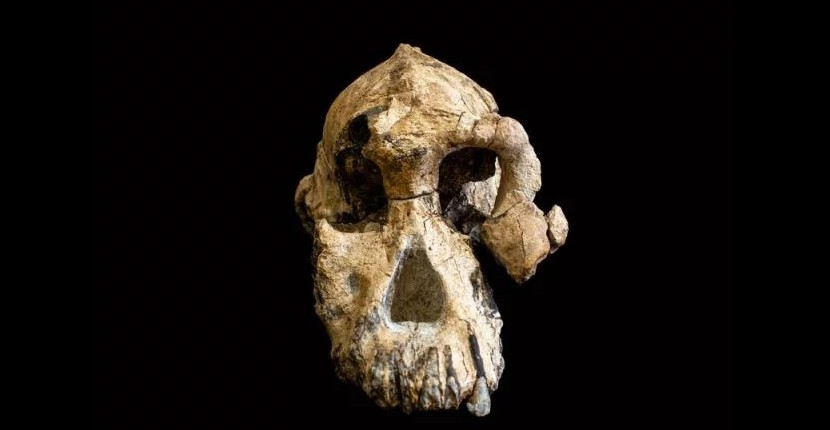A 3.8 million year old Australopithecus skull is causing a sensation in the archaeological and evolutionary world not seen since the discovery of “Lucy”. In November of 1974 Donald Johanson, the Virginia M. Ullman Chair in Human Origins in the School of Human Evolution and Social Change and the Founding Director of the Institute of Human Origins and his colleague Tom Gray were looking for fossils at the Hadar site in Ethiopia. On their way back to their vehicle, they spotted a forearm bone protruding from the dirt.
Further examination revealed more and more parts of the skeleton. Within two weeks they had discovered forty percent of a single female skeleton of a hominid. She was called “Lucy” and was considered a part of the “missing link” between apes and humans and one of the first that walked upright three million years ago.
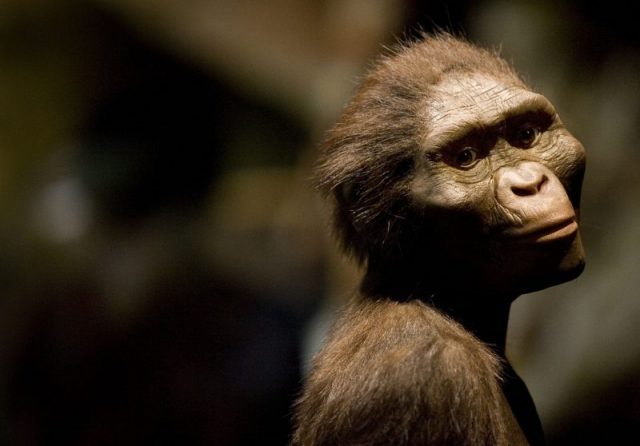
Lucy would have been about three and one half feet tall and probably weighed about sixty pounds but was a full adult as indicated by her teeth. In February of 2016 Ethiopia’s Miro Dora in the Godaya Valley of the northwestern Woranso-Mille site about thirty five miles from Hadar, yielded two parts of a hominid skull over 3.8 million years old and may have been an ancestor of Lucy.
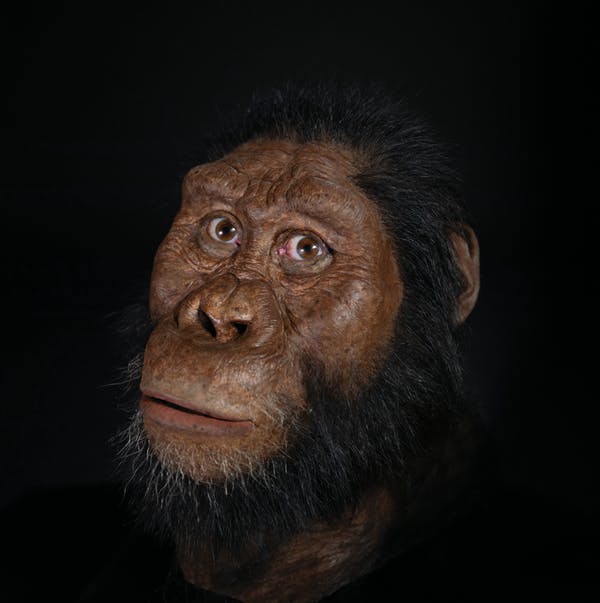
Until this year, Lucy was the most complete example of Australopithecus anamensis, which includes all species originating after the human/African ape ancestral separation. MRD, as the new skull is called, is the first nearly complete cranium of a male of the period and was discovered by paleoanthropologist, Dr. Yohannes Haile-Selassie, Ethiopian native and curator and head of Physical Anthropology at The Cleveland Museum of Natural History who was guided by an Ethiopian shepherd.
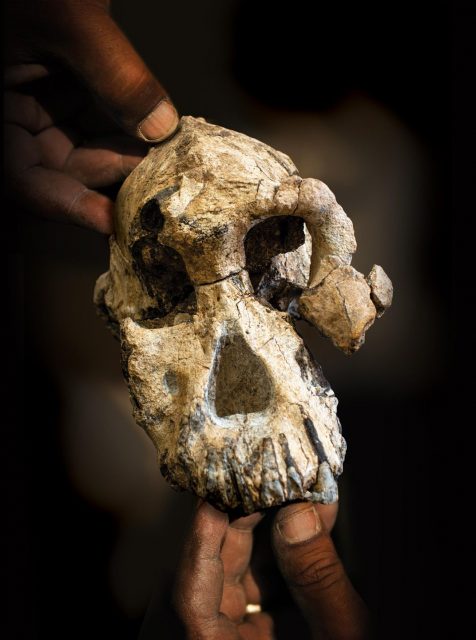
In a late August interview, Dr. Haile-Selassie claimed that MRD was the first specimen that allowed us to understand what the face of early hominids looked like. Previously the only specimens were partial jaws, lower body bones and parts of a braincase also found in Ethiopia and in Kenya and have been dated from 4.2 million to 3.9 million years ago. According to sciencenews.com, MRD was found in a sandy area where a river that originated in the highlands of the Ethiopian plateau connected to a lake and was subject to volcanic eruptions.
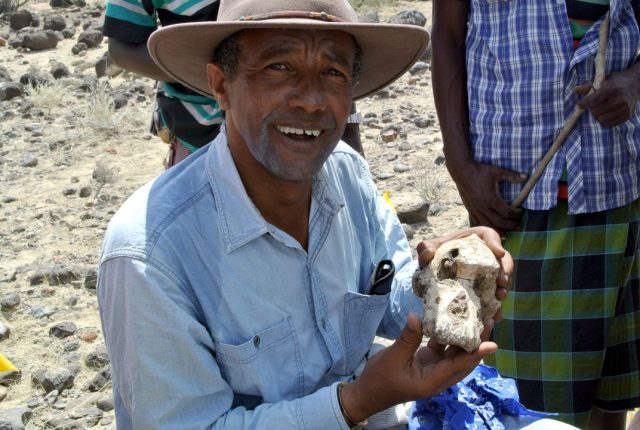
At first, only a partial skull was unearthed but with minor digging and sifting they were able to piece together skull fragments and the braincase. The skull is about the size of a large human fist, is long and narrow and would have held a brain about the size of the brain of a chimpanzee.
Originally scientists thought that one species died out leaving a new species in its place but researchers now believe MRD’s contemporaries and Lucy’s society may have overlapped for up to one hundred thousand years. Others believe MRD people evolved into Lucy’s generation. It is also possible that part of MRD’s population disconnected from the main group and evolved separately, according to Smithsonian.
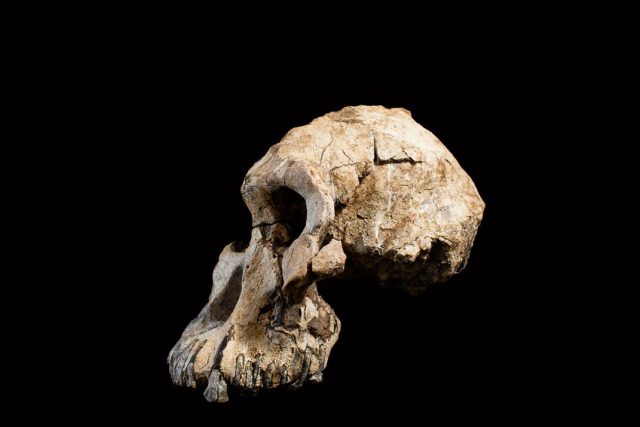
Although the skull was found in 2016, it has taken until 2019 to identify what type of bones they are and their age. Ways of dating included approximating the ages of nearby volcanic rock layers and the documented reversals of the Earth’s magnetic field.
The facial features are flatter than those seen in earlier bones, but the long shape and the location on the back of the neck where muscles are attached is more like modern species. Some scientists including Tim White, a paleoanthropologist at the University of California – Berkeley, believe it is too early to change what we presently believe about Lucy’s people and more evidence is required to make any permanent determinations.
According to nature.com, Stephanie Melillo, a paleoanthropologist at the Max Planck Institute for Evolutionary Anthropology in Leipzig, Germany who helped to identify MRD remarked, “The preservation of the specimen really is exceptional…we just got really lucky with this find.”
